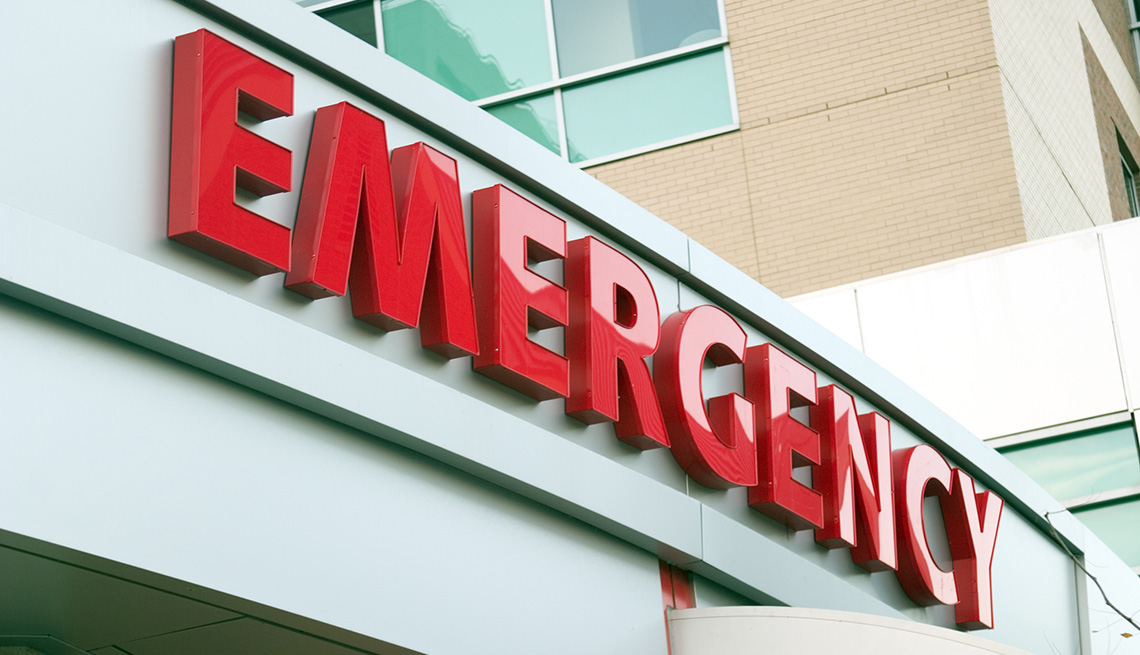
Hospitals tailoring emergency rooms for older patients
- Select a language for the TTS:
- UK English Female
- UK English Male
- US English Female
- US English Male
- Australian Female
- Australian Male
- Language selected: (auto detect) - EN
Play all audios:

Back before Mount Sinai's emergency department focused so closely on patients 65 and older — who comprise 20 percent of its emergency room patients — “they were just mixed in with
everyone else,” Nassisi says. She and her staff knew they weren't always getting accurate enough medical information from their older patients to know how to best treat them, so they
usually played it safe and often just admitted them. "But what seemed safe wasn't always best for the patient,” she says, adding that sometimes the best thing for patients with
non-acute issues, like urinary tract infections or a minor flu, is to send them home, but with the proper supports in place. It's at this stage where the geriatric collaborative team
does its most important work. If a patient comes in alone — which between 30 to 40 percent of the elderly do — rather than admit her unnecessarily, the team will make sure she leaves with a
Visiting Nurse Service appointment set up for the next day, medication and instructions on how to use it, and maybe even a physical therapy (PT) evaluation. That is, if a physical therapist
didn't already do an evaluation in the ER. “It was unheard of to have PT in the ER,” Nassisi says. “At first, I didn't even know what to do with them.” Today, Mount Sinai physical
therapists play an important role in assessing the needs of older patients, many of whom, Nassisi notes, are in their 90s. "I have a hospital much closer to my home than this one. But I
always pass it by. People here are nice. I get taken care of." - Judith Burgess, 74-year-old patient at Mount Sinai Geriatric Emergency Department A 2018 study in the _Journal of the
American Geriatrics Society _shows that providing people over 65 who go to the emergency room with the kind of transitional support they need to get — and stay — healthy at home has reduced
hospital admissions for that age group by 33 percent. Education has also been key to making Mount Sinai's Geriatric ED run smoothly. Everyone from doctors and nurses to desk clerks and
volunteers are trained in the nuances of geriatric medicine. "We need everyone to understand that these patients could be hard of hearing or confused, or aren't as mobile as they
think they are,” Nassisi says. Nurses automatically screen for elder abuse, fall risk, dementia and delirium, and take patients through the six-item ISAR (Identification of Seniors at Risk)
questionnaire that asks about vision, memory, medication and the ability patients have to take care of themselves. "We've had symposiums on delirium — which differs from dementia
because it is illness-induced — and when new interns come to the ER, we give them special sessions on geriatric care,” she says. In a more central area of Mount Sinai's ED lies
76-year-old Harry Simmons, who arrived nine hours earlier, at around 1 a.m., complaining of bloody bowels. Harry was a corporate attorney, and his wife, Joyce Conoly-Simmons, 74, is a dining
etiquette teacher. She sits beside him on a straight-back metal chair, holding her cheetah-print cane. Harry wears a hospital mask over his mouth; Joyce's hangs around her neck. They
both have the bright-pink CARE stickers affixed to their garments and are holding a stress ball in each of their hands. "They are sensitive to his needs,” Joyce says, adding that many
doctors have come to see her husband, who will soon be admitted, and volunteers have been bringing her food and doing all they can to make them both feel as comfortable as possible under the
circumstances. Soon Harry will likely be transferred to the peaceful corner of the department where Burgess still lies, awaiting her room — the one with the dim lights, the whispering
nurses and the quiet curtains. Joyce looks forward to that. “It's pretty loud in here,” she says. “I may even get some sleep."
